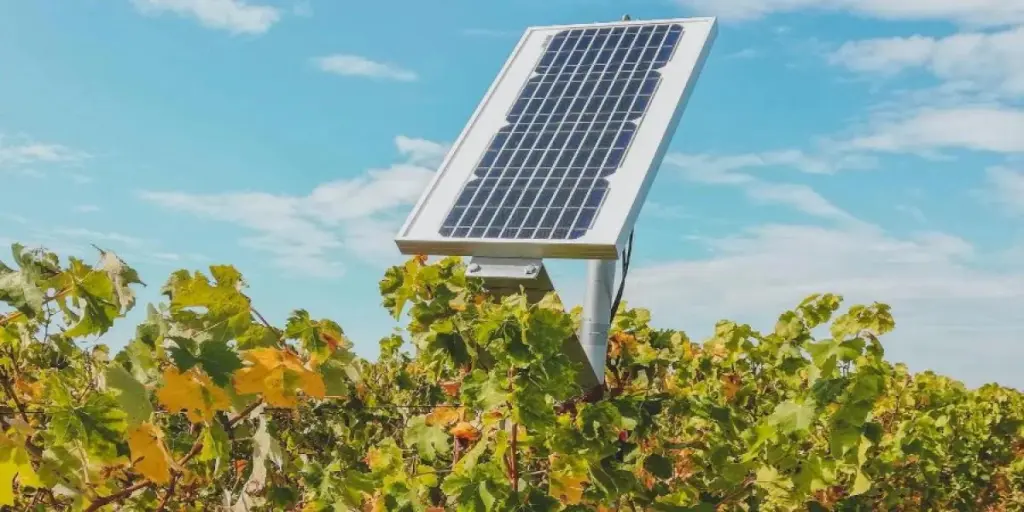- Cornell University has published a research paper about effects of agrivoltaics on helping resolve global food energy crisis
- They use a CFD model and solar panel temperature data to show passive cooling effect for solar panels mounted 4 meters above a soybean crop
- This improved efficiency of solar panels and also enabled the land to be continued to be used for agricultural production
- Team sees agrivoltaic farms as an ideal solution for hot climates like the western US
Researchers at the Cornell University in the US claim that their computational fluid dynamics (CFD)-based microclimate model indicates agrivoltaic systems can potentially help resolve the global food energy crisis by improving solar PV conversion efficiency while enabling agricultural production on the same land.
The CFD model and solar panel temperature data was used by the team to measure height of the solar panel, the light reflectivity of the ground and rates of evapotranspiration. Their research showed that there was temperature reduction for solar panels mounted 4 meters above a soybean crop by up to 10°Celcius compared to those mounted half-meter above bare soil.
Cooling effect for modules was possible due to enhanced evapotranspiration and surface albedo from vegetation and soil and this passive cooling then adds to solar panel efficiency instead of being used over soil or gravel. Drop in temperature enhances the efficiency of solar panels and increases its lifespan.
“We’re showing dual benefits. On one hand, you have food production for farmers, and on the other hand, we’ve shown improved longevity and improved conversion efficiency for solar developers,” said Lead Author and a doctoral student in Cornell Engineering Henry Williams.
According to the team, in hot climates like western US, agrivoltaic farms would be ‘ideal’. In their research paper The Potential for Agrivoltaics to Enhance Solar Farm Cooling published in Applied Energy, the team says it explores the viability of agrivoltaics in Northeastern US ‘in ‘relaxing the land-use competition the world faces’.
“We now have, for the first time, a physics-based tool to estimate the costs and benefits of co-locating solar panels and commercial agriculture from the perspective of increased power conversion efficiency and solar-panel longevity,” added Williams.
The team believes it is significant to understand the ‘mutually beneficial concept’ for agricultural production using solar energy in the current times as global food demands are expected to increase by 50% by 2050 to feed an anticipated 10 billion people, citing the World Resources Institute . It is also needed to use renewable energy to mitigate the impact of climate change.
There is growing interest in agrivoltaics in the US as the country eyes a decarbonized grid by 2035 which will be heavily invested in solar energy. Recently Iowa State University joined hands with Alliant Energy to study the latter’s 1.35 MW solar farm to determine best crops for agrivoltaic projects and also economic benefits for farmers.
The Iowa-Alliant research is backed by a Department of Energy (DOE) grant which was announced for 6 agrivoltaic projects in total in December 2022 to find out ways to reduce land use conflicts.
Source from Taiyang News
The information set forth above is provided by Taiyang News independently of Alibaba.com. Alibaba.com makes no representation and warranties as to the quality and reliability of the seller and products.




